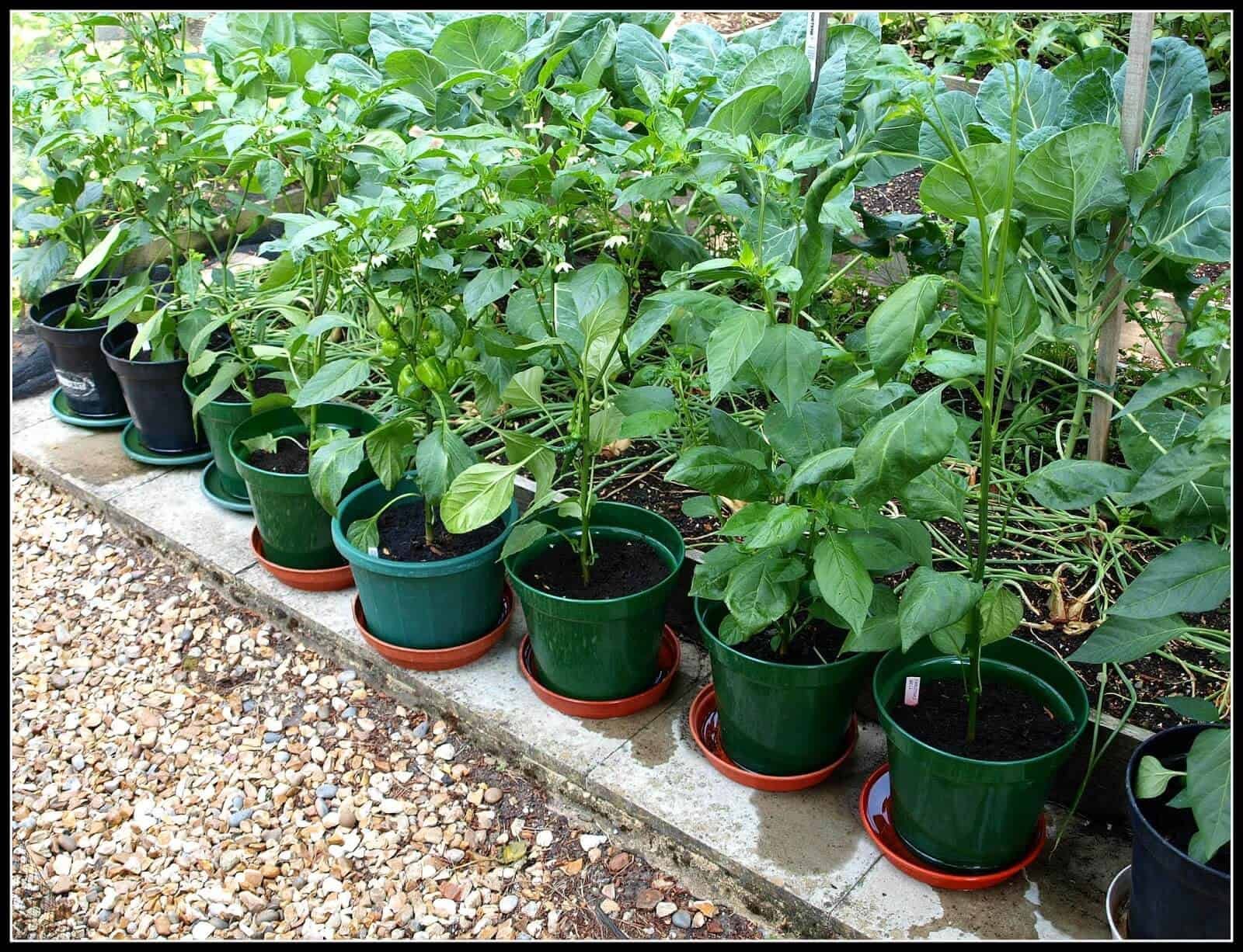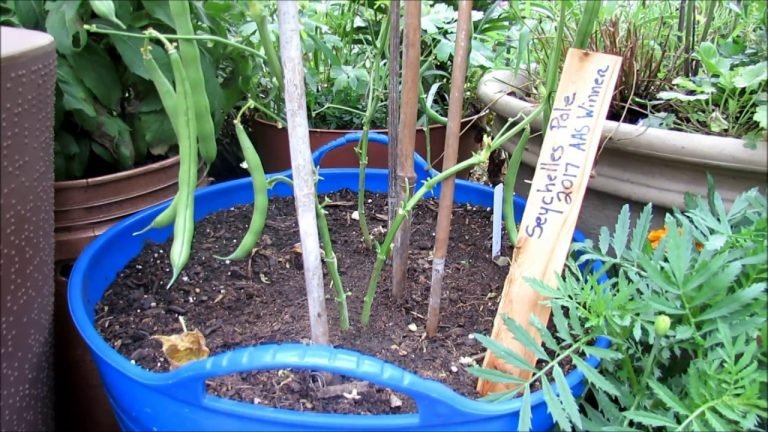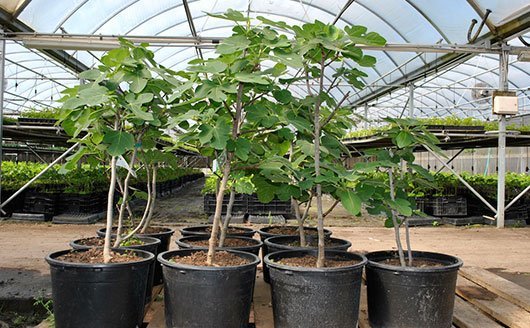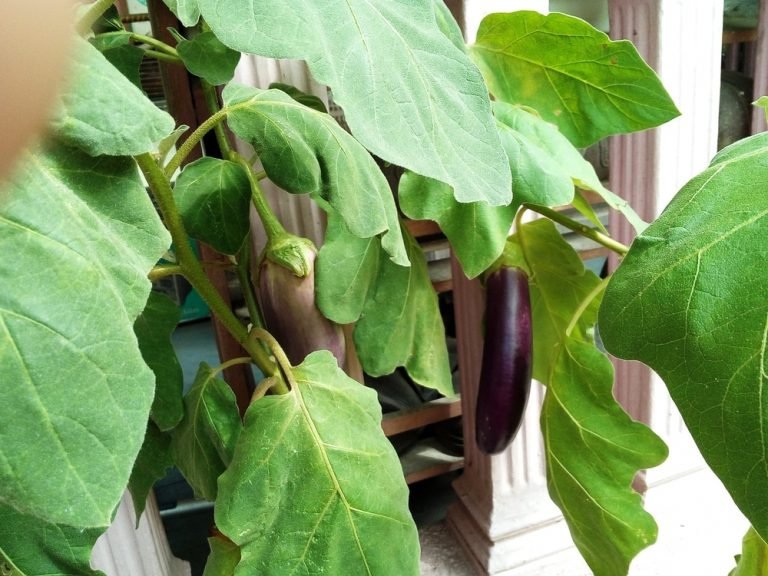how to grow habanero peppers in a pot – [Beginners Guide]
Hey there! If you’re a fan of spicy food, you’ll love growing habanero peppers in a pot. These little firecrackers pack a punch in terms of heat and flavor. Plus, growing them at home is a great way to have fresh peppers on hand whenever you want them.
Benefits of growing habanero peppers in pots:
- Easy to manage: Pots are easy to move around, so you can place them in the sunniest spot in your home.
- Perfect for small spaces: No need for a large garden. Pots take up very little space and can be placed on balconies, patios, or indoors.
- Fresh and organic: By growing your own habanero peppers, you know exactly what went into their growth, so you can enjoy fresh, organic produce.
I’ve been growing habanero peppers in pots for a few years now and let me tell you, there’s nothing like being able to pluck a fresh pepper off the plant and add it to your favorite dish.
So, are you ready to start growing your own habanero peppers in a pot? Let’s do it!
Pot or container selection
When it comes to growing habanero peppers in pots, the right pot can make all the difference. Here’s what you need to know about selecting the right pot:
Pot size:
A good rule of thumb is to choose a pot that is at least 12 inches in diameter and 12 inches deep. This will give the pepper plant enough room to grow and develop a strong root system.
Pot capacity:
The pot should hold at least 2-3 gallons of soil. This will provide enough space for the roots to grow and absorb water and nutrients.
Pot construction:
The pot should have good drainage holes to prevent water from accumulating at the bottom. This can lead to root rot, which is harmful to the plant. Additionally, the pot should be made of a material that allows the soil to breathe, such as terracotta or plastic.
So, there you have it! By choosing a pot that is 12 inches in diameter and 12 inches deep, holds 2-3 gallons of soil, and has good drainage, you’ll give your habanero pepper plant the best chance for success.
Make suitable soil mix
Soil Mix for Growing Habanero Peppers at Home
When it comes to growing habanero peppers, the type of soil you use is just as important as the amount of sunlight and water they receive. Habanero peppers prefer well-draining soil that is rich in organic matter and has a slightly acidic pH between 6.0 and 7.0.
A good soil mix for habanero peppers is a blend of peat moss, compost, and perlite or vermiculite. You can also use a pre-made potting mix, but make sure it’s a high-quality mix that is formulated for vegetable gardening.
The soil should be light and airy, allowing for good root growth and water drainage. A soil that is too heavy or compact can lead to poor root growth and disease issues. Mix in a slow-release fertilizer at the time of planting to provide your habanero peppers with the nutrients they need to grow and produce a bountiful crop.
It’s also important to keep the soil consistently moist, but not waterlogged, as habanero peppers do not tolerate soggy soil. Make sure to provide adequate drainage by using a pot with drainage holes in the bottom, or by using a soil mix that promotes good drainage.
In conclusion, by using the correct soil mix and making sure the soil is consistently moist but not waterlogged, you will give your habanero peppers the best chance for optimal growth and a bountiful harvest!
How to plant the habanero peppers?
Planting habanero peppers in a pot is a simple process that can be done in just a few easy steps. Here’s what you’ll need to do:
- Prepare the pot: Fill the pot with a high-quality potting mix that contains compost and a good balance of nutrients. Make sure to add a layer of gravel at the bottom to improve drainage.
- Plant the seeds or seedlings: Sow the seeds about 1/4 inch deep in the potting mix, or plant seedlings that are about 4-6 weeks old. Leave about 8-12 inches between each seed or seedling.
- Water the plants: Water the soil until it is moist but not soaking wet. You can also use a spray bottle to mist the soil gently.
- Place the pot in a sunny spot: Habanero peppers need at least 6 hours of direct sunlight each day, so place the pot in a sunny spot, such as a south-facing window or a sunny patio.
- Maintain the plants: Keep the soil consistently moist, but avoid overwatering. Fertilize the plants once a month with a balanced, water-soluble fertilizer.
With these simple steps, you’ll be well on your way to growing healthy and productive habanero pepper plants in a pot!
How to care for habanero peppers?
Caring for Habanero Peppers in a Pot at Home
Watering Requirement
- Habanero peppers prefer well-drained soil and consistent moisture.
- Water the plants thoroughly when the top inch of soil is dry to the touch.
- Avoid overwatering, which can lead to root rot and fungal diseases.
- During hot and dry weather, you may need to water more frequently.
Fertilizer Requirement
- Habanero peppers benefit from a balanced fertilizer applied every two weeks during the growing season.
- Use a water-soluble fertilizer, or add a slow-release granular fertilizer to the pot at planting time.
- Avoid over-fertilizing, which can lead to lush foliage but reduced pepper production.
Sunlight Needs
- Habanero peppers need full sun to grow optimally, at least 6 hours of direct sunlight per day.
- Place the pot in a sunny location where it will receive adequate light.
- In areas with intense heat, provide some afternoon shade to protect the plant from overheating.
Pruning & Training
- Pinch off the tips of the habanero pepper plants when they reach 12 to 18 inches tall to encourage branching and fullness.
- Remove any yellow or wilted leaves promptly to improve air circulation and prevent fungal diseases.
- Support the pepper plant with a stake or cage as needed to keep it upright as it grows and produces fruit.
By following these guidelines for watering, fertilizing, sunlight needs, and pruning and training, you can ensure that your habanero pepper plant will thrive and produce a bountiful crop of spicy and flavorful peppers.
Common problems
Common Problems for Habanero Peppers Grown in a Pot at Home
Pests
- Aphids, whiteflies, and spider mites can all feed on habanero pepper plants and reduce the quality and quantity of the crop.
- Inspect the plant regularly and treat infestations with a strong blast of water or an insecticidal soap solution.
- Avoid using chemical pesticides, which can harm beneficial insects and affect the flavor of the peppers.
Diseases
- Blossom-end rot, powdery mildew, and bacterial wilt are among the common diseases that can affect habanero pepper plants grown in pots.
- Prevent diseases by providing adequate sunlight, air circulation, and water, and avoiding overcrowding and over-fertilizing.
- Treat disease problems promptly by removing infected plant parts and applying a fungicide according to label directions.
Poor Production
- Habanero peppers may produce poorly due to lack of pollination, over-fertilization, or extreme weather conditions.
- Encourage pollination by shaking the plants gently or using a small brush to transfer pollen from flower to flower.
- Reduce fertilizer applications and protect the plants from extreme heat or cold to improve pepper production.
Other Issues
- Under-watering or over-watering the plant can lead to stunted growth, yellowing leaves, or root rot.
- Provide adequate but not excessive water, and be sure to use a well-draining potting mix to prevent water-related problems.
By being aware of these common problems and taking steps to prevent or address them, you can enjoy a successful harvest of spicy and flavorful habanero peppers grown right in your own home.
Harvesting & storing homegrown habanero peppers
Harvesting and Storing Homegrown Habanero Peppers
When to Harvest
- Habanero peppers are typically ready for harvest 75-90 days after planting, when they reach a mature size and turn from green to their mature color (usually orange or red).
- Check the peppers regularly and pick them as soon as they are fully mature to avoid them becoming overripe and losing flavor and heat.
How to Harvest
- Use scissors or pruning shears to cut the peppers from the plant, leaving a small portion of the stem attached.
- Handle the peppers carefully to avoid bruising, as damaged peppers can spoil quickly.
Storing Habanero Peppers
- Habanero peppers can be stored in a cool, dry place for up to 2 weeks, or in the refrigerator for up to 1 month.
- For longer storage, freeze the peppers in a single layer on a baking sheet, then transfer them to an airtight container or freezer bag.
- Note: The heat level of the peppers may be slightly reduced after storage, but they will retain much of their flavor and can be used in cooking and preserving recipes.
With proper harvesting and storage techniques, you can enjoy your homegrown habanero peppers for weeks or months to come. Whether you use them fresh, dried, or in a variety of dishes and preserves, these spicy and flavorful peppers are a delicious addition to any home garden.
Growing habanero peppers in container – Conclusion
Conclusion
Growing habanero peppers in a pot at home is a fun and rewarding experience, especially for those who love spicy food. With the right conditions and care, you can harvest a bumper crop of these fiery and flavorful peppers, right in your own backyard.
Here’s a quick recap of the key takeaways:
- Provide your habanero pepper plants with well-draining soil, plenty of sunlight, and consistent watering.
- Fertilize the plants regularly with a balanced fertilizer and prune and train them to promote healthy growth and prevent overcrowding.
- Watch out for common problems such as pests, diseases, and poor production, and take steps to prevent or manage these issues as necessary.
- Harvest your peppers at the right time, when they are fully mature and have reached their optimal flavor and heat level.
- Store the peppers properly to extend their shelf life and preserve their flavor and heat.
So why not give it a try? With a little effort and patience, you can grow your own delicious and spicy habanero peppers right in a pot at home.







